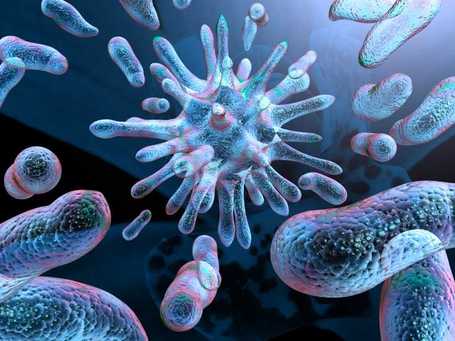Structure of Atoms:
An atom is the smallest unit of matter that retains all of the chemical properties of an element.
Atoms consist of three basic particles: protons, electrons, and neutrons.
The nucleus (center) of the atom contains the protons (positively charged) and the neutrons (no charge).
Atoms have different properties based on the arrangement and number of their basic particles.
Determination of Equivalent Mass Method — I (Hydrogen Displacement Method):
Principle:
The known mass of a metal to react with dilute acids and volume of hydrogen produced in the reaction is measured and the equivalent mass of an element is calculated using formula
o This method is useful for the metals which react, or dissolves in mineral acids and liberates hydrogen gas. e.g. Mg, Zn, Al, Ca, Zn, Sn etc.
An atom is the smallest unit of matter that retains all of the chemical properties of an element.
Atoms consist of three basic particles: protons, electrons, and neutrons.
The nucleus (center) of the atom contains the protons (positively charged) and the neutrons (no charge).
Atoms have different properties based on the arrangement and number of their basic particles.
Subatomic Particles:
Protons:
Protons were discovered by Ernest Rutherford in the year 19191.
Protons are having positively charge.
Protons are having mass is- 1.672x10^-24kg
Protons are exist in nucleous.
Electrons:
Electrons were discovered by J.J.Thomson in 1897.
Electrons are having negatively charge.
Electrons are having mass is- 9.109x10^-28kg
Electrons surround the atomic nucleus in pathways called orbitals.
While electrons are revolving they lose or gain energy.
While electrons are revolving they lose or gain energy.
The distribution of electrons in orbit by using formula 2n^2
Neutrons:
Neutrons are having zero charges.
Neutrons are having mass is 1.6749x10-27 kg.
Principle:
The known mass of a metal to react with dilute acids and volume of hydrogen produced in the reaction is measured and the equivalent mass of an element is calculated using formula
o This method is useful for the metals which react, or dissolves in mineral acids and liberates hydrogen gas. e.g. Mg, Zn, Al, Ca, Zn, Sn etc.
1) Clean and weigh accurately a piece of metal (Mg / Zn / Al) whose equivalent mass is to be found and place it in a conical flask containing distilled water.
2) The mouth of the conical flask is fitted with a cork through which side tube (gas carrying tube) and a thistle tube are inserted as shown in the diagram.
3) Using side tube the conical flask is connected to graduated (calibrated) test tube called Eudiometer.
4) Eudiometer tube is completely filled with water and is inverted on the side tube as shown in the diagram.
5) The bottom part of thistle tube is dipped in the water in the flask.
6) Mineral acid like HCI is added to the flask through the thistle funnel.
2) The mouth of the conical flask is fitted with a cork through which side tube (gas carrying tube) and a thistle tube are inserted as shown in the diagram.
3) Using side tube the conical flask is connected to graduated (calibrated) test tube called Eudiometer.
4) Eudiometer tube is completely filled with water and is inverted on the side tube as shown in the diagram.
5) The bottom part of thistle tube is dipped in the water in the flask.
6) Mineral acid like HCI is added to the flask through the thistle funnel.
7) The reaction between the metal and acid takes place and hydrogen gas is liberated which is collected in eudiometer by downward displacement of water.
8) When the evolution of gas has stopped the mouth of the eudiometer tube is closed with a thumb and carried to a tray of water where the level of water inside and outside the tube is equalised and the volume of hydrogen gas is read at atmospheric pressure.
Observations:
The weight of metal piece = W g
The volume of hydrogen collected = V dm3.
Atmospheric pressure = P mm
Aqueous tension= f mm of Hg
Absolute temperature = T K
Calculations:
Now the volume of hydrogen at S.T.P. from the above data using following formula is calculated.
Where Volume of hydrogen at S.T.P. Vo dm3,
Pressure at S.T.P. Po mm of Hg = 760 mm = 1.013 x 10^5 N/m2
The absolute temperature at S.T.P. To K = 273 K

















